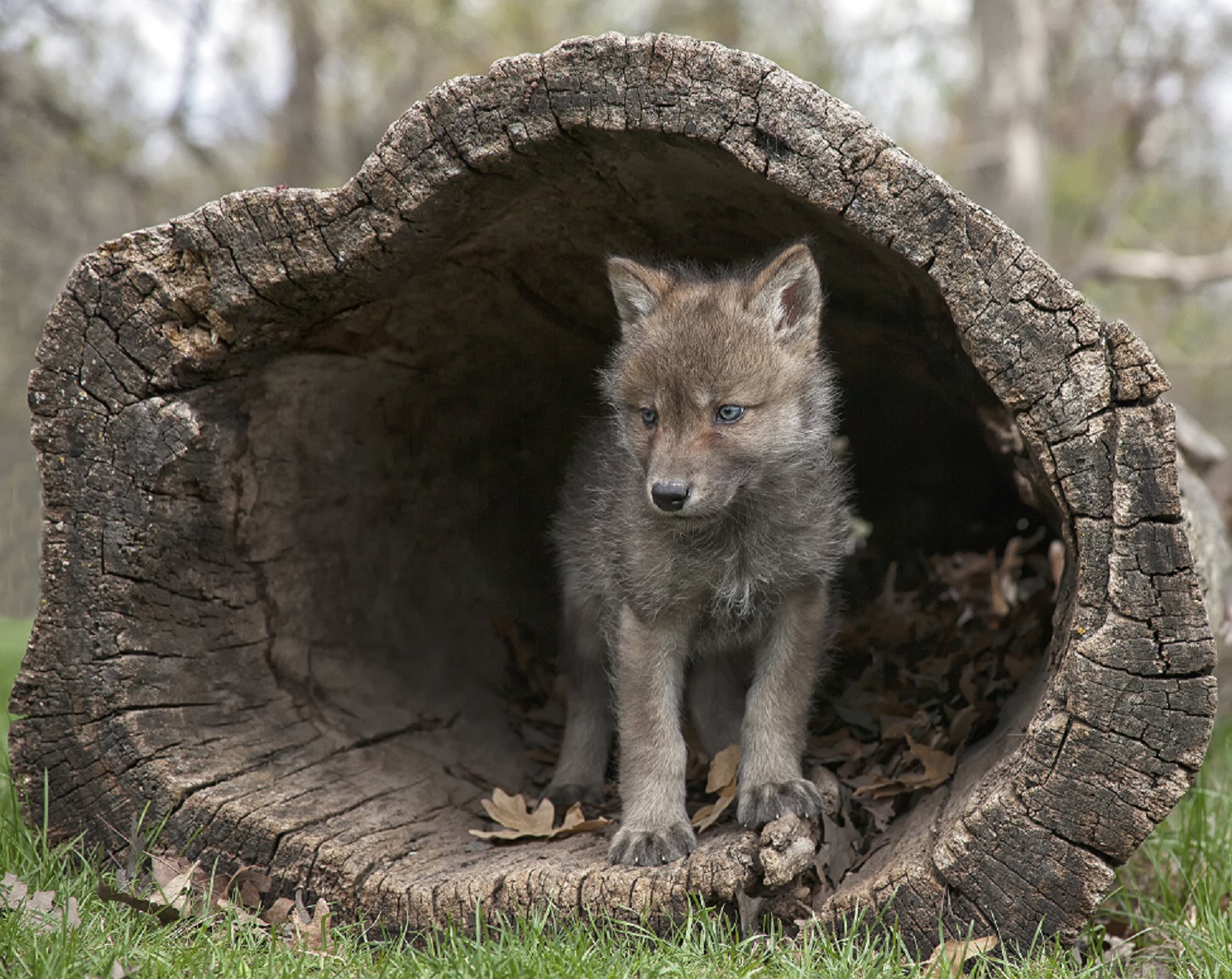Several reports out recently paint a dire picture for our nation’s lands and wildlife. The most recent is the special report on lands from the UN’s Intergovernmental Panel on Climate Change. The report stresses both the need to manage lands as part of the climate solution and the urgent need for action before the climate crisis causes lasting harm to wild places and wildlife. It follows an earlier report out from the United Nations warning of extinction on a massive scale.
One million of the planet's eight million species are threatened with extinction by humans, scientists warned ... in what is described as the most comprehensive assessment of global nature loss ever. -- New York Times
One million species at risk has profound implications for the way in which we interact with the natural world, with serious ripple effects for our food, water, and livelihoods. Another report, this one in the journal Science found that rollbacks to public lands protections are accelerating in the U.S. According to The Guardian, “Nearly all of those [rollback] proposals (99%) were associated with industrial-scale development projects, including infrastructure construction and oil and gas extraction.”
Now we’re seeing this play out in real time. The Trump administration has just announced final regulations that will essentially gut the Endangered Species Act as we know it today-- what has been to date one of our nation’s most effective and popular bedrock environmental laws. The new changes roll back protections of last resort for our wildlife in order to benefit extractive industries. Sound familiar?
Here’s what the Trump Extinction plan does:
-
It makes it more difficult to extend protections to threatened species, delaying lifesaving action until a species' population is so small it may be challenging or impossible to save.“Threatened” species would be stripped of protections currently given to “endangered” species; Species listed as “threatened” in the future by Fish and Wildlife Service would not automatically be protected from “take” (killing, harm, injury, harassment) at the time the species gets listed.
-
It makes it more difficult to protect polar bears, coral reefs, and other species that are impacted by the effects of climate change by creating impediments to critical habitat designation. The Fish & Wildlife Service can avoid designating critical habitat where most of the species’ habitat is in another country, where causes purportedly cannot be addressed through “management actions,” i.e.- habitat being diminished by climate change, and where protecting occupied habitat is not as “efficient” as protecting unoccupied habitat. It also restricts protection of unoccupied habitat, allowing protection only when occupied habitat is deemed insufficient to conserve the species.
-
It allows economic factors to be discussed when deciding if a species should be saved-- by removing language prohibiting decision makers from including economic impacts alongside the science when deciding whether to list a species. This dangerous move away from the basis in sound science that has made the Endangered Species Act so effective opens the door to political decisions masquerading as economics and efficiency.
-
It makes it easier for companies to build roads, pipelines, mines, and other industrial projects in critical habitat that is essential to imperiled species' survival. It undermines the requirement that agencies consult with wildlife experts to ensure federal actions do not harm listed species or critical habitat; deprives newly listed species of overarching analysis of cumulative effects of land management plans by deferring analysis to a project-by-project basis; permits agencies to allow harmful projects to proceed based on non-binding and vague promises to mitigate adverse impacts. The list goes on, but the bottom line is that the piecemeal approach created by these regulations might be a win for the dirty fuel industry, but will be a failure for species recovery. The only successful way to bring species back from the brink of extinction is to address the totality of the threats faced and require real action to limit harm.
Unfortunately, as noted in the Science report, the willingness to throw protections out the window to promote selfish aims is spreading. These dangerous ideas are catching and the repercussions are serious. Sierra Club will use all legal means to stop these regulations from being implemented and to defend the Endangered Species Act. And we will continue fighting for wolves and other wildlife threatened by the Trump administration. Unless we speak out loudly and strongly against every one of these rollbacks, we will, sadly, see more species go extinct in our lifetime. That is a loss too large to even consider. Add your voice now!
